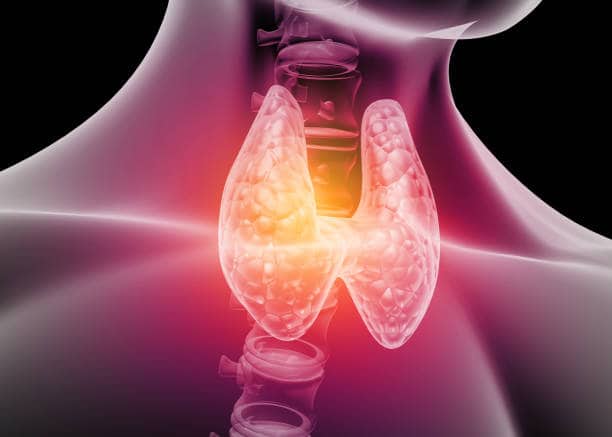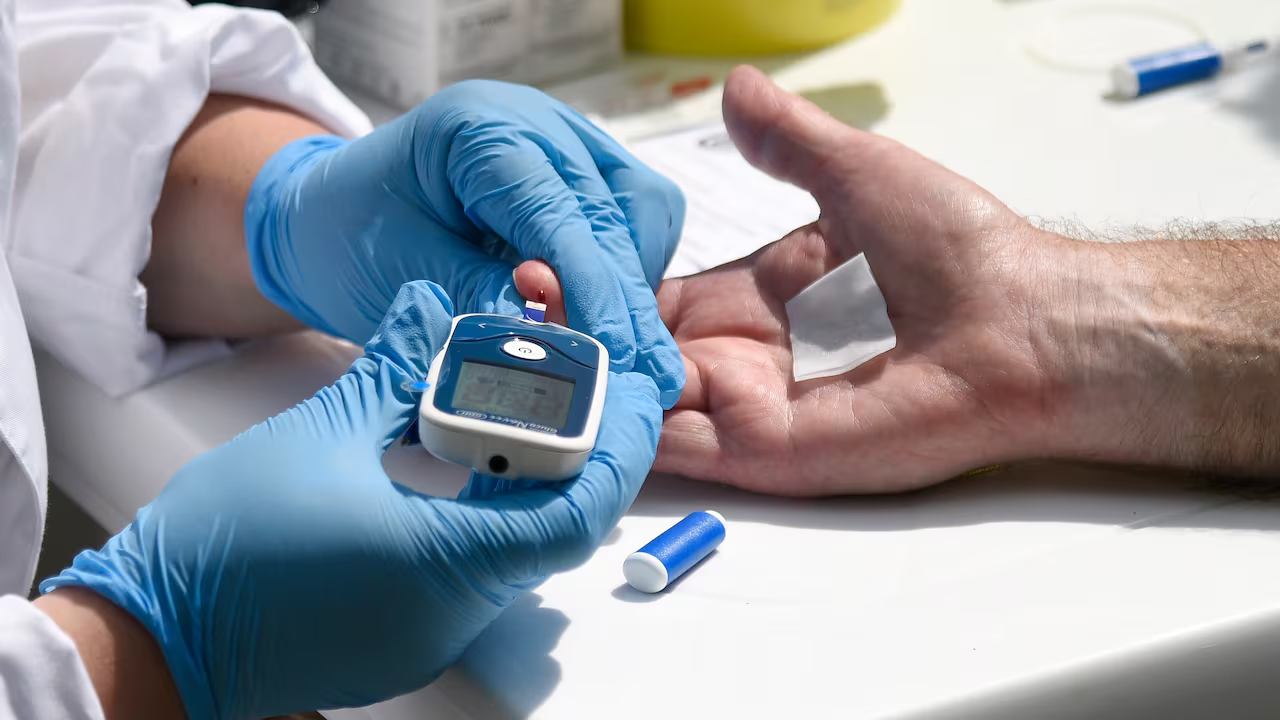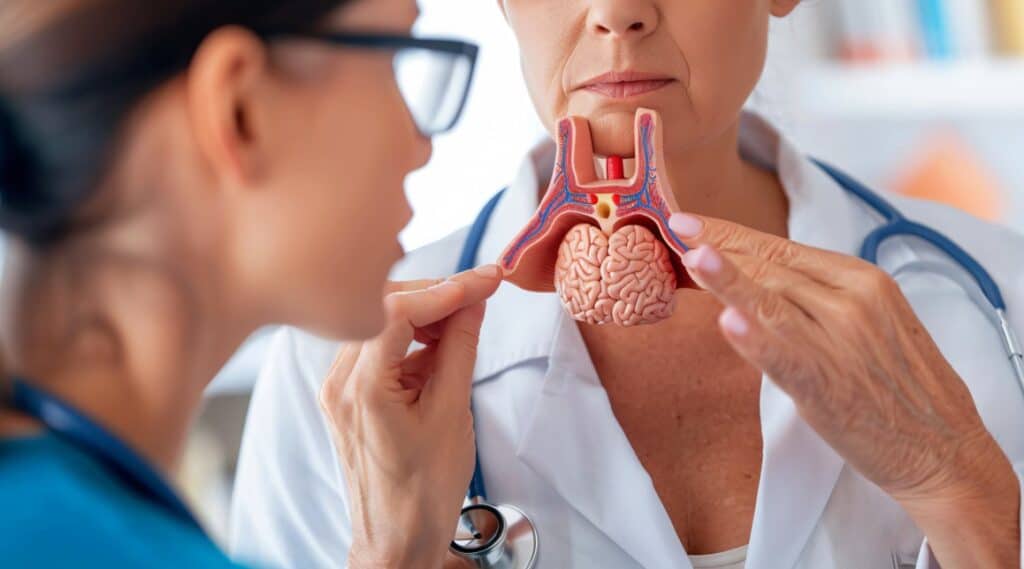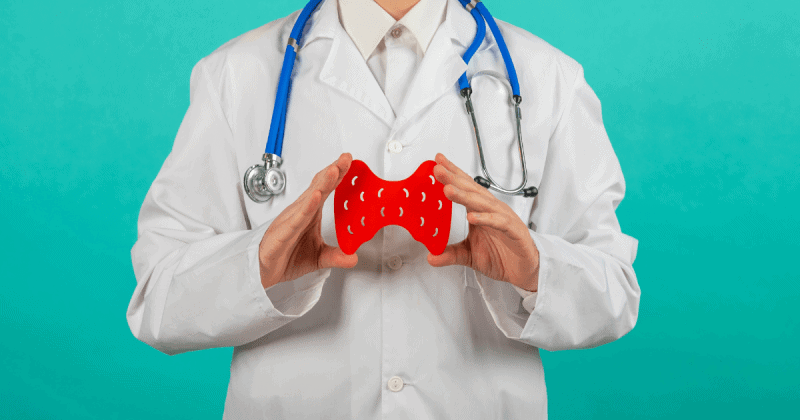
Can Hormones Affect Weight Loss? Key Insights
Have you ever felt like your weight loss efforts are sabotaged, despite eating right and exercising? The culprit might not be your habits—it could be your hormones. From cortisol to

Have you ever felt like your weight loss efforts are sabotaged, despite eating right and exercising? The culprit might not be your habits—it could be your hormones. From cortisol to

When it comes to pinpointing thyroid issues, modern medicine relies on a fascinating tool: radioisotopes. But how do these specialized substances unlock the secrets of your thyroid health? The answer

What if the key to unlocking your full health potential lies not in choosing between traditional medicine and holistic practices, but in skillfully combining the two? From ancient wisdom to

Choosing a healthcare provider is always important, but when it comes to holistic care, the decision requires extra thought. How can you tell if a practitioner is truly qualified to

Hormonal imbalances can impact everything from energy levels to long-term health, leaving many searching for solutions. But how do experts tailor treatments to restore balance and improve quality of life?

Facing a blood sugar reading of 400 can be alarming, leaving you wondering what steps to take next. Is it an emergency? How should you respond to avoid complications? In

Your first endocrinology appointment can feel overwhelming, especially if you’re unsure what to expect. Will it involve detailed tests? Is preparation necessary? Knowing what happens during this initial visit is

Navigating weight loss during menopause, PCOS, or while on medications can feel like an uphill battle. Each condition brings unique challenges that standard diets and exercise routines often fail to

Ever wonder what role an endocrinologist plays in maintaining your health? From hormonal imbalances to chronic conditions, these specialists address a wide range of disorders that can deeply affect your